No Opportunity Wasted: Fresh Food Markets as Levers for Healthy and Resilient Cities
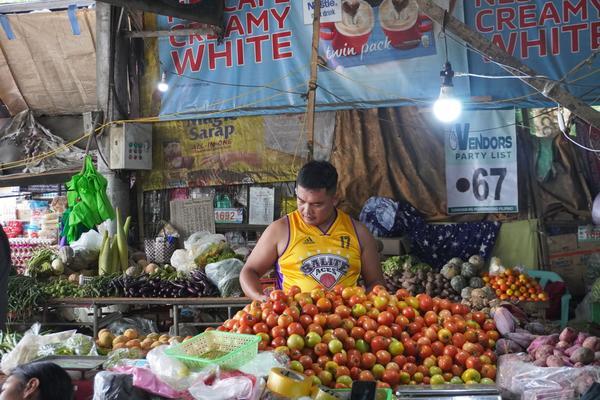
Science City of Muñoz Public Market (Jameela Antoniette Mendoza/ICLEI Southeast Asia)
Over 70% of all food produced is consumed in cities [1]. Yet, while 2.3 billion people around the world face food insecurity [2], nearly one-third of all food is lost or wasted [3]. This paradox is one of many sitting at the heart of our food system. As we work to address them for the well-being of our planet and each other, looking to cities can help in finding hope, inspiration and courage.
On October 8th, 2025 in contribution to UN Habitat’s Urban October Campaign, the CityFood Interest Group on Transforming Food Markets hosted two webinars on Assessing and Managing Urban Food Waste in Markets, bringing together experts and city representatives from around the world to exchange knowledge and highlight local solutions.
From household kitchens to open-air markets, the 1 052 million tons of food wasted [4] represent not only a loss of nourishment, but also the loss of land, water, and energy that went into producing it, in addition to lost livelihoods for its growers. For cities looking to address this challenge and rescue food from landfills, where its decomposition leads to 8-10% of global GHG emissions [3], food markets are critical leverage points. As spaces where actors along the food chain meet and large volumes of food are aggregated [5], markets, through policies and as spaces for collaboration, can be used to shape the inclusive and circular urban food systems direly needed.
By understanding waste streams, they can be harnessed
The webinars opened with insights from Dr. Scott Drimie, Director of the Southern Africa Food Lab, who invited participants to see opportunities in the food waste stream. While gathering accurate data on food loss and waste remains challenging, in eThekwini, South Africa, a rapid quantification tool developed by the Southern Africa Food Lab helped the municipality trace its food waste streams through storytelling, interviews and site visits (without getting caught up in the decimals) and apply the food waste hierarchy, looking where to prevent waste first, then at reusing food for people or animals, composting what’s left, and sending only what’s unavoidable to landfill. “The tool helped target where to look and where to seek innovation,” Dr. Drimie explained.
Across the metropolitan area, such innovative circular food solutions are already taking root. In Durban, the Warwick Zero Waste Project turns market waste into compost and biomass, while organisations like SA Harvest rescue edible food for redistribution with incredible results: “SA Harvest now partners with eThekwini, rescuing 2 million tons of food – equivalent to 10 million meals over the last two years.” Recognizing that food justice goes beyond food distribution to mean that people are sovereign and free to decide (how, what, and when) to grow in line with planetary wellbeing, three greenhouses have been recently built, as spaces for residents to plant their own food and resilience in a context of global disruption, climate change and social inequality.
Partnerships like these bring together local governments, community organizations, educational institutions, the private and informal sectors to turn waste into social and economic value, with clear benefits for cities: “A city that simply looks at landfills creates far fewer livelihoods, far fewer jobs, and loses the value it has in its hands.” Research from the Global Anti Incineration Alliance shows that zero-waste systems, from food-to-people to food-to-animal initiatives, can create up to 200 times more jobs than landfillling or incineration.
To unlock this potential, Dr. Drimie stressed the need for policy framing and political commitment, bringing in the example of Western Cape. The province plans to ban all organic waste to its landfills by 2027, and having made this commitment public has provided needed imperatives to spur collaboration and create civil society partnerships across the food chain.
From Lusaka and Lilongwe, to Cleveland, Muñoz, and Curitiba: Turning Waste into Value
Such collaborative efforts are also very much being undertaken in cities worldwide. The inputs of speakers representing cities were guided by photos of their city’s waste-to-value journeys and underscored the message that addressing food waste is a matter of social and environmental justice with clear moral grounds to act, and where the power of the collective shines especially bright.
Lusaka, Zambia and Lilongwe, Malawi
Lusaka’s Chilenje Market is one of Zambia’s oldest and busiest markets, where over 1000 traders engage in activities. As explained by Chaiwe Mushauko-Sanderse, Expert from Catalyst Development, while paper and plastic waste has been separated and managed largely informally up to this point, food waste amounting to 60% of waste generated in the market, has a lot of untapped potential. Creating the enabling environment to harness such potential has been a key goal of the project Strengthening local fresh food markets for healthier food environments within planetary boundaries.
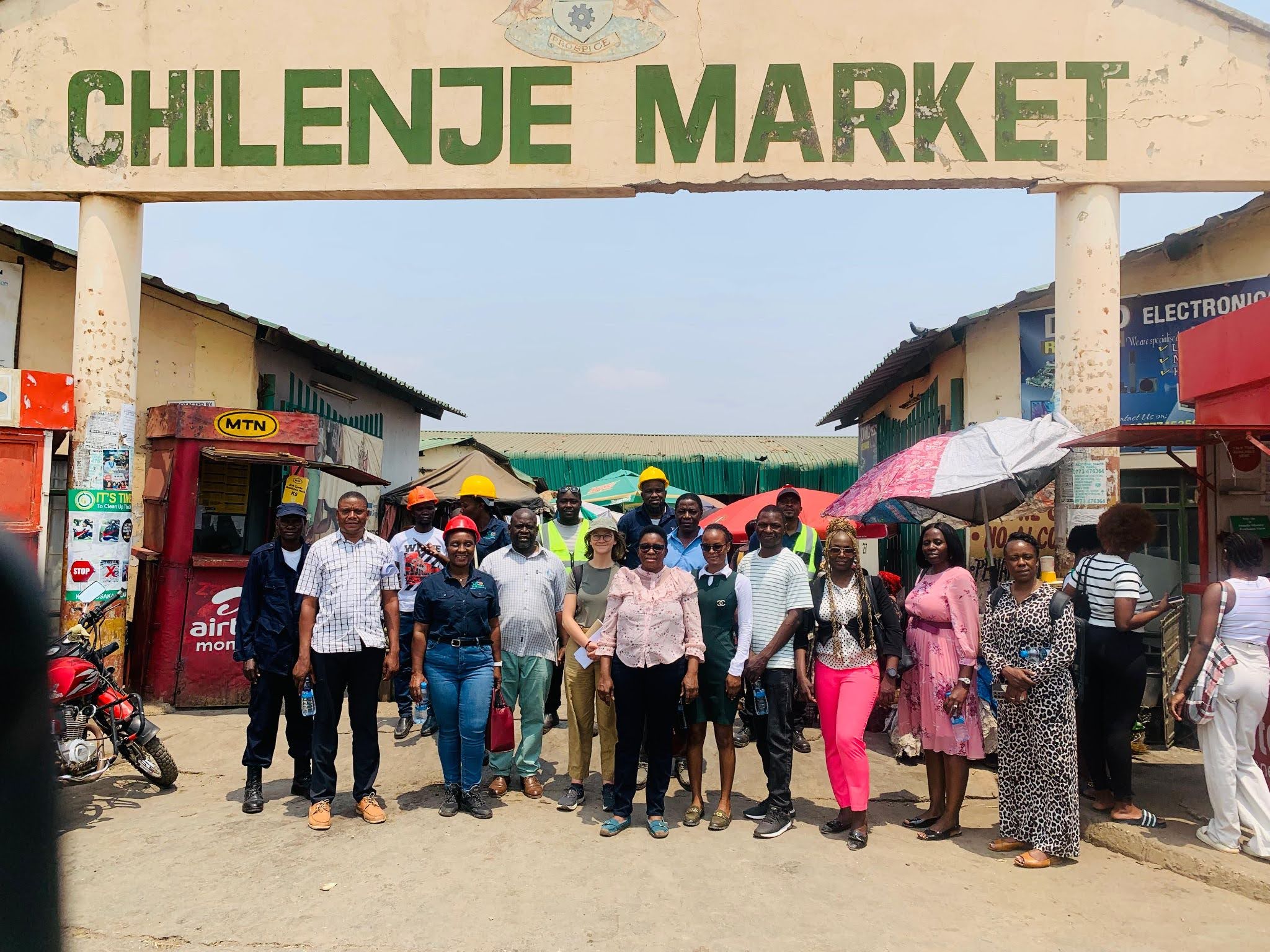 Visit to Chilenje Market (Photo courtesy of Catalyst Development)
Visit to Chilenje Market (Photo courtesy of Catalyst Development)
Collaborating with ICLEI Africa and GIZ, the city is currently improving its waste management system through infrastructure upgrades and formalization, with colour-coded bins, roofing, and vendor training, in addition to information campaigns to help promote behaviours of market goers. Looking towards the future, the city is also exploring black soldier fly composting approaches, an innovative way to turn organic waste into both feed for nearby chicken farms and frass, an organic, nutrient-rich fertiliser.
Lilongwe, Malawi, the second city where the project is active, is also using multiple entry points at the Lizulu Market to tackle food waste, where it has been frequently leading to pollution of the nearby Lilongwe River. The Lilongwe City Council has upgraded market infrastructure to prevent spoilage and fostered campaigns to support waste separation in collaboration with local organizations such as the Centre for Community Organisation and Development. Vendors also participated in training on food handling, segregation, and composting, and as emphasized by Tapiwa Mkandawire, Chief Commercial Manager from the Lilongwe City Council, this last component has been especially important in terms of bringing broader value to its food system: in a time where inflation has made it hard for people to buy inorganic fertilizers, organic manure compost is becoming a much-needed, affordable alternative for farmers.
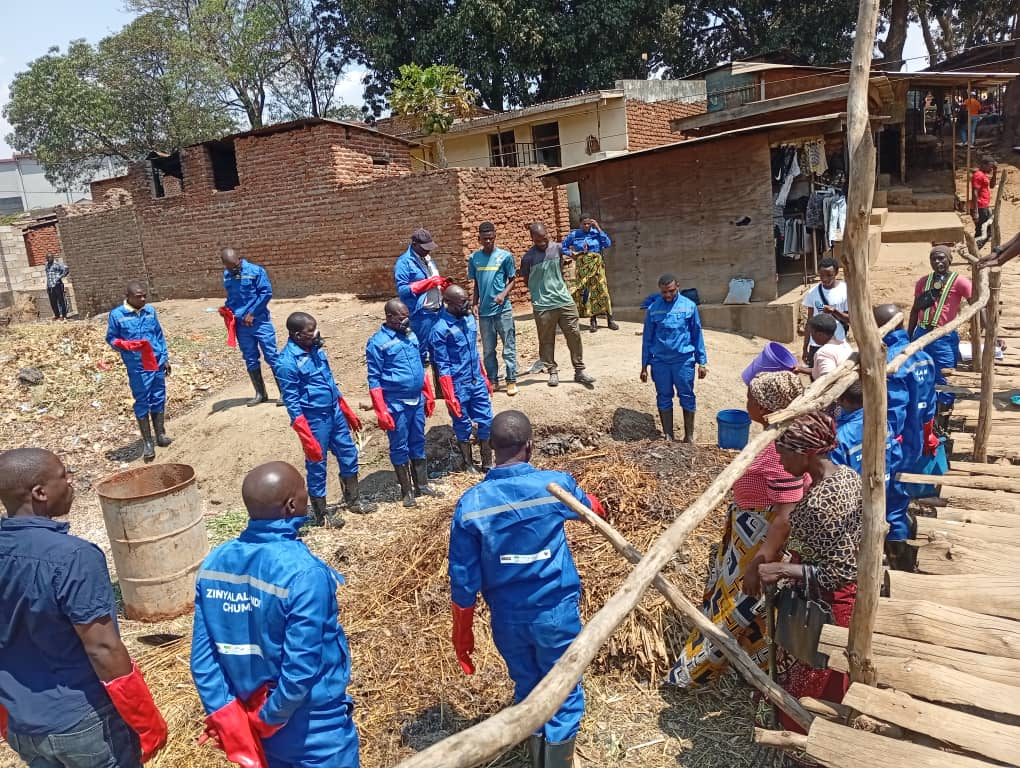 Manure Composting Training in Lilongwe, Malawi (Photo courtesy of Lilongwe City Council)
Manure Composting Training in Lilongwe, Malawi (Photo courtesy of Lilongwe City Council)
Science City of Muñoz, Philippines
As an innovator in the field of agriculture - hence its name - the Science City of Muñoz puts extra emphasis on capturing waste from its markets and returning it to something useful to its residents and urban food system - and importantly, at low costs. At the-source-separation of waste and the municipality’s role in promoting it through policy it is a key component of the city’s success. As explained by Enzo Villacorta from the City Environment and Natural Resource Office, “through ordinances, we make sure that stall owners and residents segregate their waste - the biodegradable, the non-biodegradable, and residual waste. We make it a point that the organic waste in the city is upcycled.” Such ordinances are linking permits of vendors to strict adherence to the market’s waste separation policies, and include fines for non-compliance.
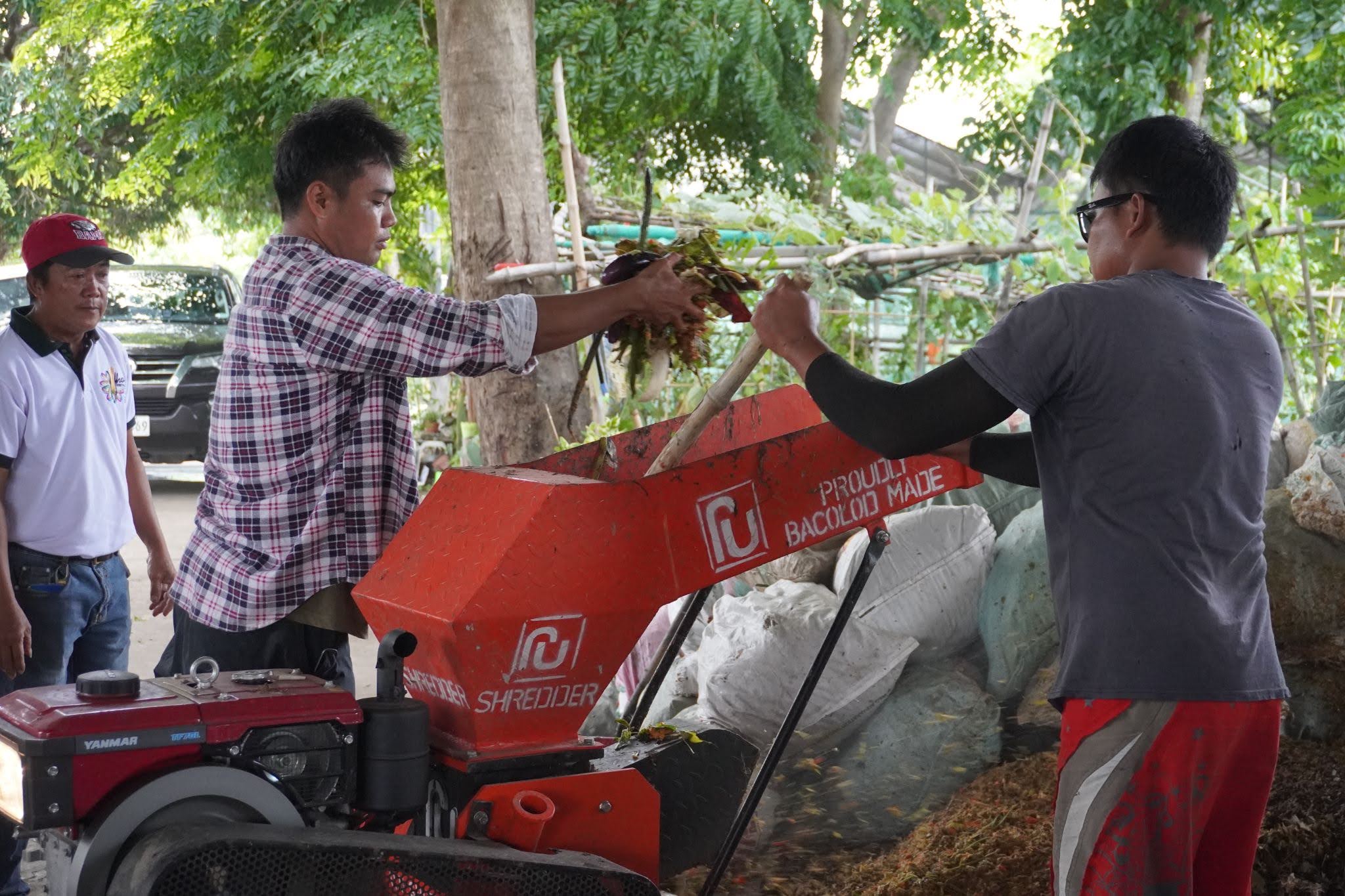
Waste shredding at the Materials Recover Facility in the Science City of Muñoz (Jameela Antoniette Mendoza/ICLEI Southeast Asia)
After collection, the waste is shredded and turned to vermicompost by eudrilus eugeniae earthworms. Through the Bakuran Ko, Gulayan Ko program involving the city’s Barangays (sub-city local districts) and school sectors, the same compost, in addition to seeds, is given to those willing to engage in planting at no cost, and growers are incentivised to measure how much they produce in the form of a competition. This incentive system encourages people to grow their own food using compost derived from market waste, while strengthening collective action and the interactions of residents with their urban food environments.
Cleveland, USA
Opened in 1912, Cleveland’s historic West Side Market currently serves over 800,000 residents and market goers annually. While the land and facilities are still owned by the municipality, day-to-day management was transferred to a non-profit in 2024, which has helped unlock philanthropic support and further opportunities in the field of waste management. As such, Rust Belt Riders, a social enterprise founded in 2014, manages the market’s organic waste stream, bringing together local partners to divert food from landfills and turn it into living soil.
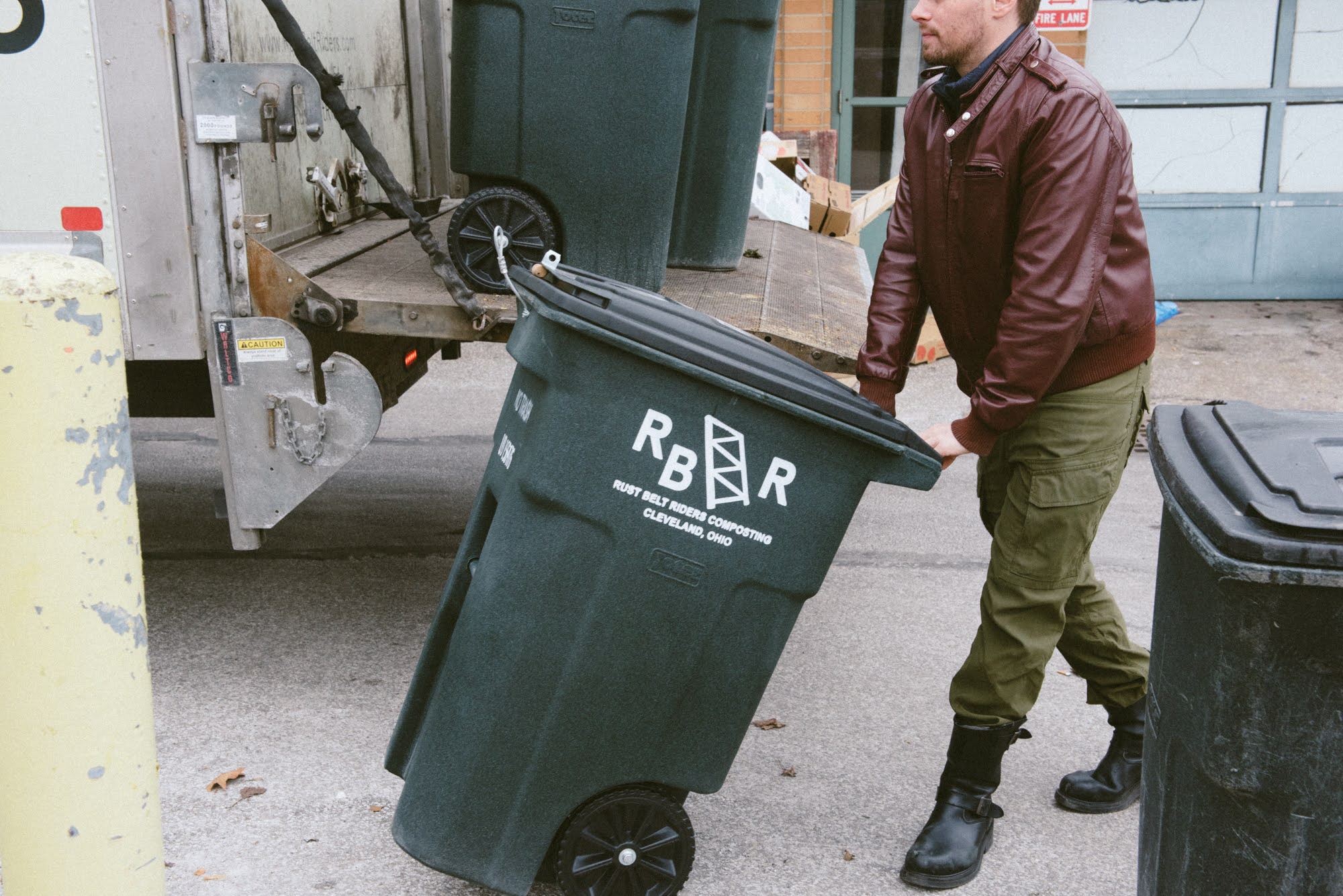 Collection by staff at Rust Belt Riders (Photo courtesy of Rust Belt Riders)
Collection by staff at Rust Belt Riders (Photo courtesy of Rust Belt Riders)
Vendors have access to dedicated personal bins in which to separate organics into, while edible food is recovered through initiatives like the Hunger Network, ensuring food surplus reaches the city’s residents. In order to bridge language barriers within the market, Arabic- and Spanish-speaking translators were hired and tools themselves were also translated.
Sharing some lessons learned after doing a waste audit, Robert Kurtz, Sales Director at Rust Belt Riders explains: “Produce vendors already had sustainable solutions in place. Many were connected with local farms or other ways to handle food waste. Our work was not to reinvent the wheel but to unify efforts, track waste, and make participation easier for those not yet involved.”
Over the past year and a half, the market has diverted 150 tons of food waste, demonstrating its role as central hub that can be harnessed for collaboration, environmental literacy, and long-term social and ecological change. A key principle followed by RBR: not letting perfect be the enemy of good. “We started with willing participants, building momentum before trying to involve everyone.”
Curitiba, Brazil
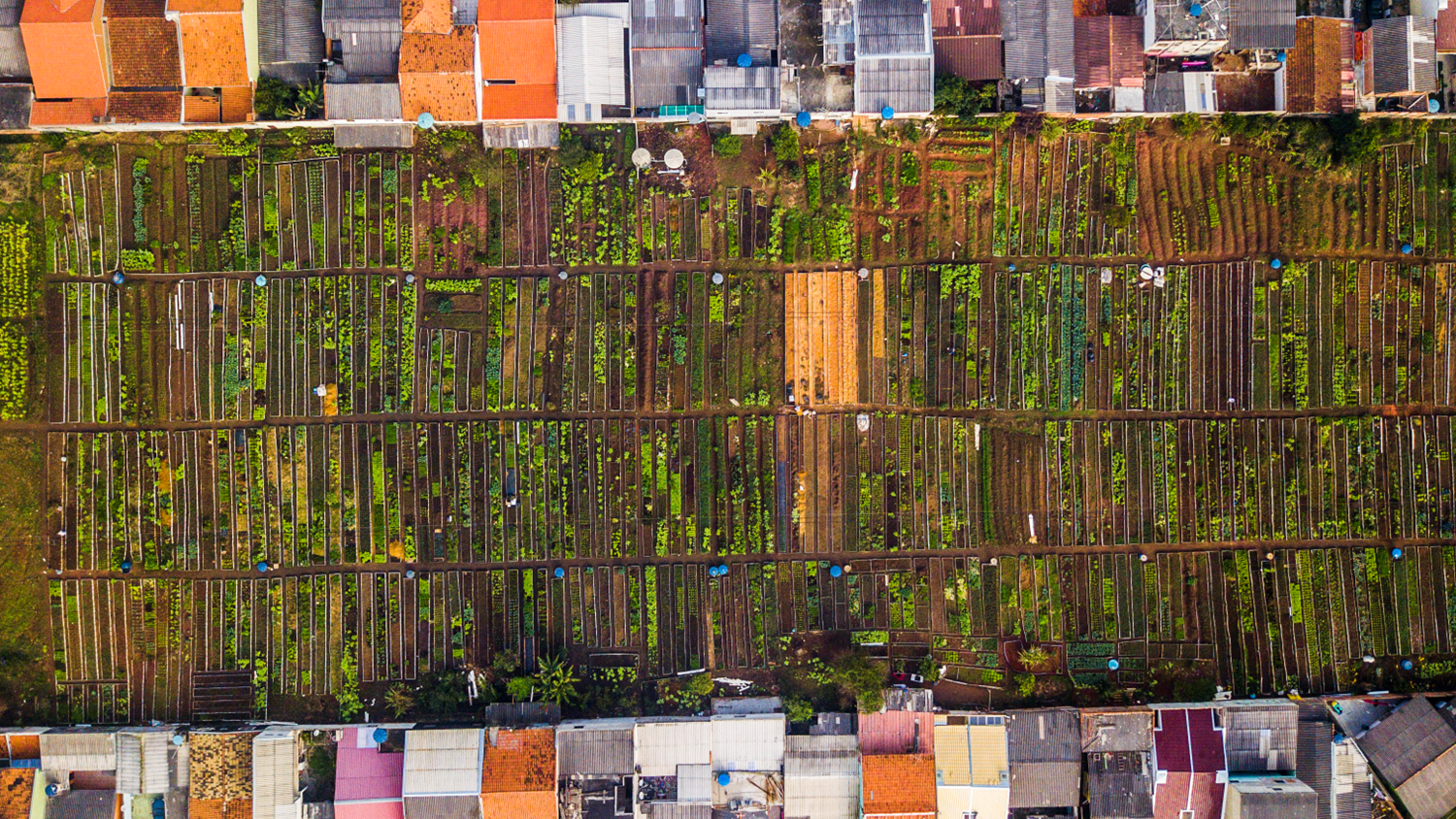 Urban Farm in Curitiba (Photo courtesy of Curitiba's Municipal Secretariat for Food and Nutrition Security)
Urban Farm in Curitiba (Photo courtesy of Curitiba's Municipal Secretariat for Food and Nutrition Security)
Beginning his presentation with a photo of an urban farm run by the municipality, Gabriel Ollé Dalmazo from the Municipal Secretariat for Food and Nutrition Security of Curitiba, Brazil reminds us that prevention is highest on the food waste hierarchy and best solution we have - food on the farm is produced and consumed directly on-site by families living nearby. In the case of markets where prevention is not always possible, the city works closely with its municipal Food Bank, linking donors, retailers, and community organizations to redistribute surplus food to programs like Solidarity Table, which prepares meals for people experiencing homelessness and teaches market sellers to select, prepare and donate food that would otherwise be discarded.
As shared by Gabriel, autonomy and self-sufficiency are cornerstones of their educational approaches: “We try to take it out of our direct governance and make the people — the individuals who are selling — more independent, so they can trade directly with the institutions that prepare food. It’s a kind of educational initiative that we are promoting.”
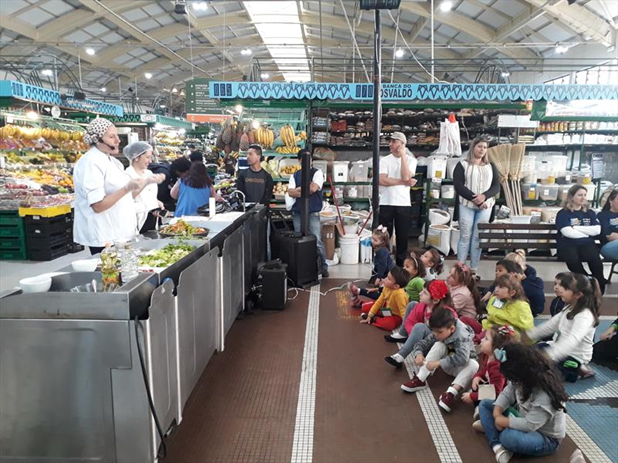 Cooking demonstration held at market for children and families (Photo courtesy of Curitiba's Municipal Secretariat for Food and Nutrition Security)
Cooking demonstration held at market for children and families (Photo courtesy of Curitiba's Municipal Secretariat for Food and Nutrition Security)
Other educational programs, from in-market classes to mobile kitchens and online courses, focus on teaching residents how to use all parts of food, reducing waste at the household level. Through long-running programs like the Cambio Verde (Green Exchange Program), retailers and peri-urban farmers are encouraged to exchange products deemed unsuitable for sale for recyclables, supporting family farmers and enhancing city-wide resource recovery.
Cities harnessing their convening powers at markets
Across these diverse contexts, one theme stands out: whether through public-private partnerships in Cleveland, city-led training programs in Curitiba and Lilongwe or policies for engagement of the community in Muñoz and eThekwini, the prevention and reduction of food waste depends on collective effort at multiple ends.
Markets are one of the levers where change can start: improving infrastructure, building partnerships, empowering vendors, and shifting the culture around how food is valued. Together, these actions bring us closer to a future where no food - and no opportunity - goes to waste. The cities that have shared their approaches support the notion that there is a moral imperative to act. Tackling food waste means respecting the food we have, the people who produce it, and the planet that sustains us.
Interested in learning more? The CityFood Market Handbook for Healthy and Resilient Cities, developed by ICLEI in partnership with GAIN and funding from the GIZ, builds on these lessons, providing guidance on how local governments can assess, plan, and act to make city markets more sustainable, inclusive, and resilient.
References
[1] United Nations Environment Programme. (2025). Urban Food Systems. https://www.unep.org/topics/cities/urban-food-systems
[2] FAO, IFAD, UNICEF, WFP and WHO. (2025). The State of Food Security and Nutrition in the World 2025 – Addressing high food price inflation for food security and nutrition. Rome.
[3] UNFCCC. (2024, September 30). Food loss and waste account for 8-10% of annual global greenhouse gas emissions; cost USD 1 trillion annually. Unfccc.int. https://unfccc.int/news/food-loss-and-waste-account-for-8-10-of-annual-global-greenhouse-gas-emissions-cost-usd-1-trillion
[4] United Nations Environment Programme. (2024). Food Waste Index Report 2024. Think Eat Save: Tracking Progress to Halve Global Food Waste. https://wedocs.unep.org/20.500.11822/45230.
[5] Schneider, F., & Eriksson, M. (2020). Food waste (And loss) at the retail level. In Routledge eBooks (pp. 114–128). https://doi.org/10.4324/9780429462795-10
Publishing date:
Author: Selina Emmanuel
